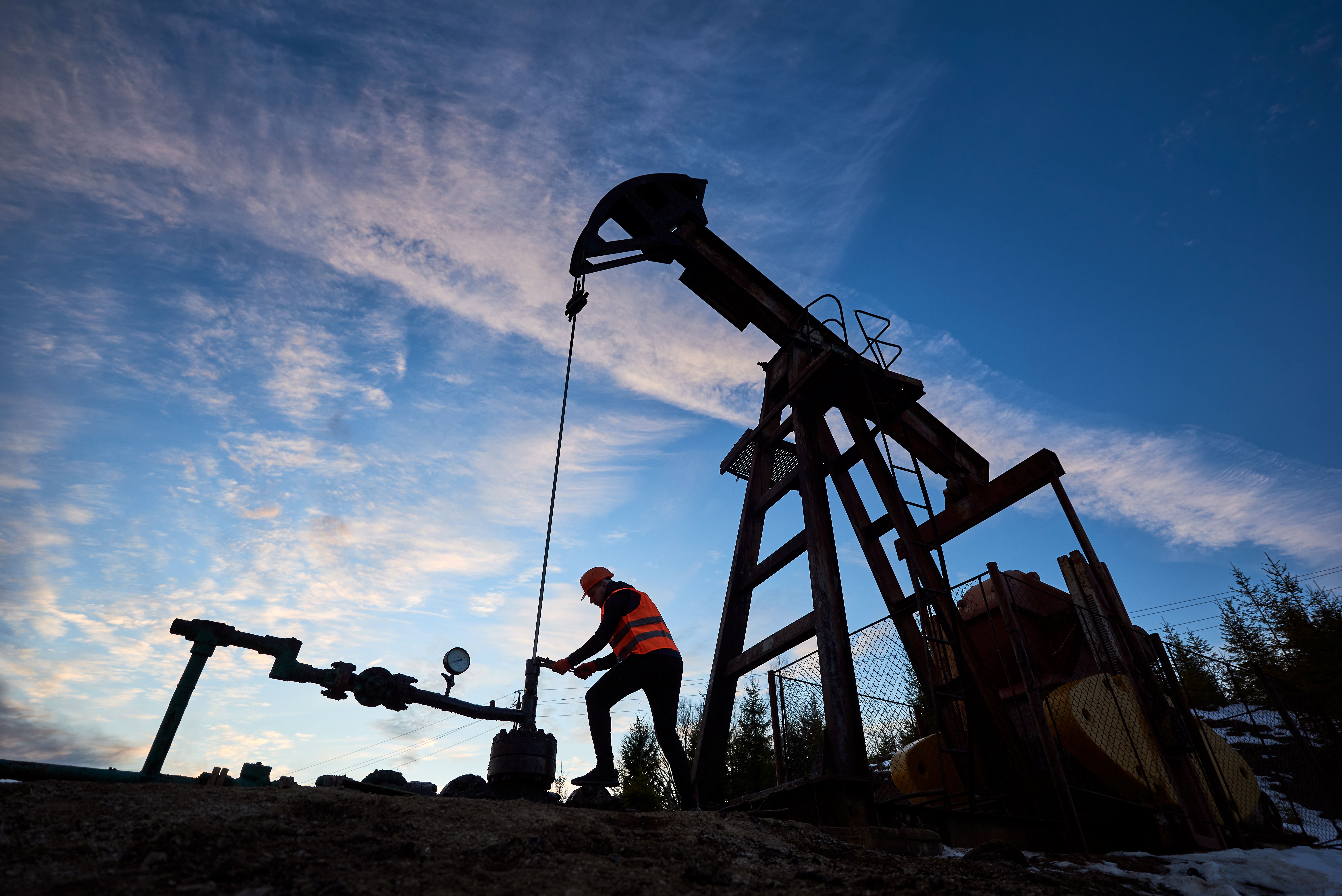Whether your office is in the driver’s seat of a long-haul truck, a construction site, or standing all day at an assembly line, your choice of footwear can be the difference between a good day and a bad week. Specific footwear needs vary from job to job - what works great for a roofer might not be the best choice for a truck driver.
This is why, whatever you do, it’s important to know what to look for in a work boot. Having the right footwear for your job is important. Not only for your comfort at work, but also ultimately for your safety.
Proper Footwear for Truck Drivers
Sitting behind the wheel of a truck for hours at a time means you want to be comfortable - while also practical. Your shoes need to provide the right support for driving as well as when you’re out of the cab, for all the surfaces you may be walking on throughout your trip.
Since comfort and safety are important, here are a few factors to look for in your footwear:
- Thick rubber soles with plenty of traction
- Water-proof construction
- Plenty of toe room - look for shoes that have a more squared toe box (toe-end of the shoe), rather than rounded.
- A sturdy outer sole and an insole capable of absorbing impact shock
- Low-to-medium heel to lessen the amount of pressure applied to the front of the foot
You’ll also want to pay attention to the vamp, which is the area in the shoe’s middle that holds the laces. Like any good work boot, you want it to be sturdy to avoid untied laces when you’re changing out a trailer, working on the truck, or have your foot on the gas.
Proper Footwear for Construction Workers
Construction workers encounter various hazards and conditions, so safety is always paramount. Along with hard hats and safety gloves, construction workers need the right pair of work boots.
When it comes to comfort, ensure that the work boots fit properly. This includes having plenty of room to move your toes when the boots are on, but not enough that your heels slip while walking. You also want to consider if you need a composite or steel-toe style. Both are OSHA-approved, even for work around electricity. Composite toe work boots are lighter in weight and tend to have a slightly higher price point, but your job may require steel toe boots, so be sure to comply.
Slip-resistant outer soles are a must. On most construction sites, if the work boots aren’t slip-resistant you won’t be allowed to work due to safety concerns. Look for work boots with either rubber or thermoplastic polyurethane (TPU) outer soles. You also want to look for a pair with EVA midsoles to provide plenty of cushioning.
How the work boots are made is just as important, such as the style of welting, which affects durability and longevity of your construction work boots. If you need to invest in a pair, make sure to do your research on work boot construction so you have a better idea of what to look for.
Proper Footwear for Standing Jobs
There are some jobs where the majority of the time is spent on your feet. Whether you’re in manufacturing, the hospitality industry, a healthcare employee, or working at an amusement park, chances are by the end of the day, if you don’t have the right footwear, your feet will be in agony.
Depending on the job, your footwear may be a standard part of your uniform - especially if you’re playing a costumed character at an amusement park. It’s not uncommon for these shoes to be ‘one size fits all’. This means that the shoes probably aren’t a perfect fit on your feet.
If the shoes are too large, rolled-up socks in the toes will prevent the shoes from sliding that can cause blisters. Footwear that is too small may be able to be stretched, but the best advice is to request a proper-fitting pair from the costume department or upper management.
Whether you’re walking around an amusement park, hospital, or standing for hours in front of a machine, here are a few things you can do to keep your feet happy:
- Unless it is required, avoid wearing heels. Look for shoes with thick rubber soles and a heel with only a little lift, no higher than 1.25 inches or so
- Support is important for comfort and safety. Your ankles should have plenty of support to prevent twists and sprains
- While most shoes provide some arch support and cushioning, adding inserts will also help. You can find inserts at most shoe stores with varying degrees of thickness. Look for ones that run the full length of the shoe and have a stiffer composition. They’ll provide more support and last longer.
Put Your Best Foot Forward With Work-Fit
Regardless of the type of job, the right footwear is important for your safety at work. You want to choose footwear with traction and support, (and be sure to break them in properly before the first day on the job.) However, comfort is just as important. Ask your boss or co-workers which brands or styles seem to work out best, and don’t be afraid to try on a few pairs before you buy.
If you have any questions about choosing footwear for your workplace, contact the professionals at Work-Fit. We’re always standing by to help you take steps in the right direction when it comes to workplace safety and wellness!








